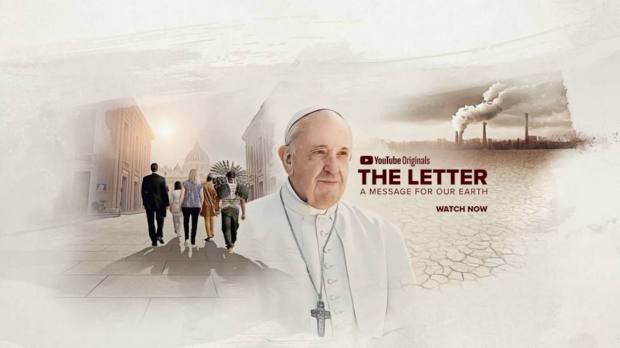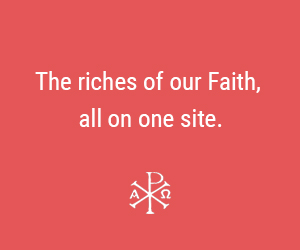“Never in the past has the Pope invited the religious and secular world to work side by side in solving a great problem. This is unique. It’s a watershed moment.”
This is one of the key elements to understanding The Letter: Laudato Si’ Film, says Martin Palmer, cofounder of Religions and Environment.
Another two key elements, among many, come from Pope Francis in the documentary itself. First, he says that it’s a lie that slavery has ended. Indeed, we are now subjected to another kind of servitude: “The supremacy of economic power makes us more enslaved each day,” he says.
Then there is the conversation he has with representatives of remote regions of the planet, which he calls “a dialogue that is born in the periphery.”
Savage capitalism also has a negative impact on the Earth. To deal with this destruction we need to work together with those who are on the margins of this system: thus, his reference to the periphery.

Laudato Si’, an encyclical of outreach
“Laudato Si’: On Care For Our Common Home” is the second encyclical written by the current Pope. Published in 2015, it offers a revision or update of the “Canticle of the Sun” of St. Francis of Assisi to make people aware of the need to take care of nature and protect the environment.
Before writing it, the Pope met with scientists and theologians to determine clearly the problems that are threatening the environment. The documentary takes us inside this chapter of Jorge Mario Bergoglio’s activities as a man of profound faith and commitment.
It also documents how, after the encyclical was released, he invited various people from other parts of the world to travel to the Vatican to talk with him about it. He was seeking a solution that can only arise from dialogue and collaboration.
These individuals represent four of the voices he mentions in his encyclical: the voice of the poor and the periphery (Arouna Kandé, from Senegal), the voice of indigenous peoples (Cacique Dadá, from Amazonia), the voice of youth (Ridhima Pandey, from India) and the voice of nature (Greg Asner and Robin Martin, from Hawaii). They are people with different perspectives, different ages, different beliefs, and different cultures, with whom the Pope chose to establish a pluralistic conversation that is open to other views and other focuses.

Commitment, youth, awareness, St. Francis of Assisi
St. Francis of Assisi is the motor that drives “Laudato Si’.” Let’s read an excerpt from the encyclical:
I believe that Saint Francis is the example par excellence of care for the vulnerable and of an integral ecology lived out joyfully and authentically. He is the patron saint of all who study and work in the area of ecology, and he is also much loved by non-Christians. He was particularly concerned for God’s creation and for the poor and outcast. […] He shows us just how inseparable the bond is between concern for nature, justice for the poor, commitment to society, and interior peace.

The title of “The Letter” refers to the letter of invitation Pope Francis sent to the chosen representatives.
Behind the documentary isNicolas Brown, a filmmaker with a strong commitment to environmental issues. This is evident from his films: He has directed documentaries including “The Serengeti Rules,” “Global Warming: What You Need to Know,” and various episodes of “Human Planet,” “EARTH a New Wild,” and “H2O: The Molecule That Made Us,” among other non-fiction productions.
The future of youth depends on our present
At a suitable rhythm to maintain the viewers’ interest, The Letter alternates among images of some areas of the planet (some destroyed by natural catastrophes, others by human pollution, but also some natural regions of great beauty), statements and speeches by the Pope, and the lives of the representatives in their places of origin. It also includes news clips in which we see how global warming forcibly displaces many people, with inevitable consequences: loss of life, separation of families, destruction of natural environments, overcrowding, temporary homes….
Another of the points on which the Pope insists is the work being done by youth. Young people are those most aware of the problem, and are taking the most action because they will inherit the planet and their future depends on our present. It’s a production which, in addition to telling us a simple story, focuses on social awareness. Nicolas Brown is trying to make us aware, not to convince us: This nuance is crucial.
The Letter is a project of the Laudato Si’ Movement in collaboration with the YouTube Originals project. You can view it on their video channel for free, with audio and subtitles in several languages. The official website also offers a series of resources for requesting public screenings in schools, film festivals, parishes, or universities, and includes several guides on climate change for students.
Visit the official page here.
This article is sponsored by the Laudato Si’ Movement.



